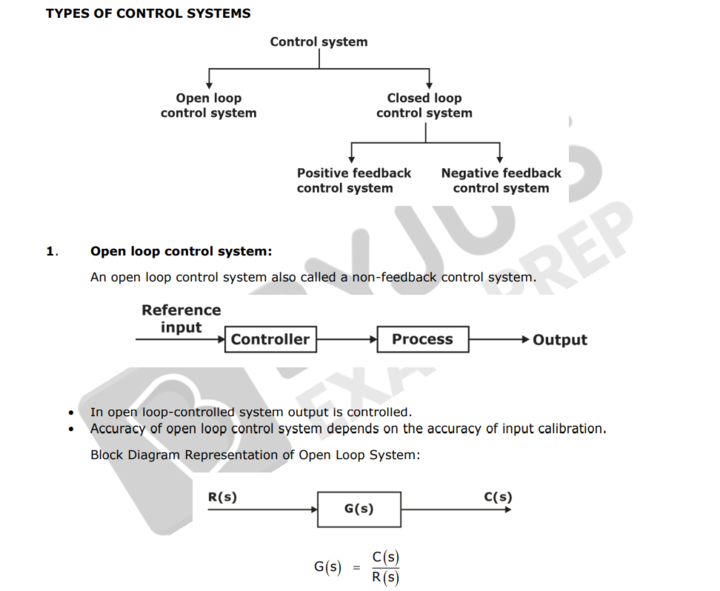- Home/
- GATE ELECTRONICS/
- GATE EC/
- Article
Important Formulas for Control Systems – Download PDF
By BYJU'S Exam Prep
Updated on: September 25th, 2023

Control systems are an essential part of modern engineering and technology. These systems are used to regulate and manipulate various physical processes to achieve a desired outcome. From simple household thermostats to advanced industrial automation, control systems play a crucial role in a wide range of applications. To design and analyze these systems, engineers use various mathematical formulas and techniques. Understanding these Important Formulas for Control Systems is crucial to building effective control systems, and mastering them can help engineers improve their designs, troubleshoot issues, and optimize performance.
Control Systems Formulas – Download PDF
If you’re new to the world of control systems, the sheer number of formulas and equations can be overwhelming. From transfer functions to Laplace transforms, there’s a lot to learn. However, by taking the time to understand these Important Formulas for Control Systems and how they relate to one another, you can quickly gain a solid foundation in control systems theory. In this Important Formulas for Control Systems Article, we’ll explore some of the most important formulas for control systems, and provide practical examples to help you apply them to real-world problems. Whether you’re a student looking to ace your exams, or an engineer looking to optimize your control system design, this guide has something for you.
Table of content
Important Formulas of Control Systems for the GATE Exam
Control systems are a crucial topic in the field of engineering, and mastering the relevant formulas is essential for acing exams like the Graduate Aptitude Test in Engineering (GATE). The GATE exam is a highly competitive and challenging test that assesses the aptitude and technical knowledge of candidates in various engineering subjects. Control systems are one of the core subjects tested in the GATE exam, and having a good understanding of the essential formulas is crucial for success. This Important Formulas for Control Systems article will cover some of the most important formulas for control systems that you need to know for the GATE exam.
Control Systems Formula Sheet
A control systems formula sheet is a comprehensive guide that contains all the essential formulas and equations related to control systems. It is a helpful resource for students, engineers, and professionals who need quick access to the most important formulas and equations in control systems.

Other Formulas Link
| Construction Planning Management |
| Engineering Mechanics |
| Design of Steel Structures |


